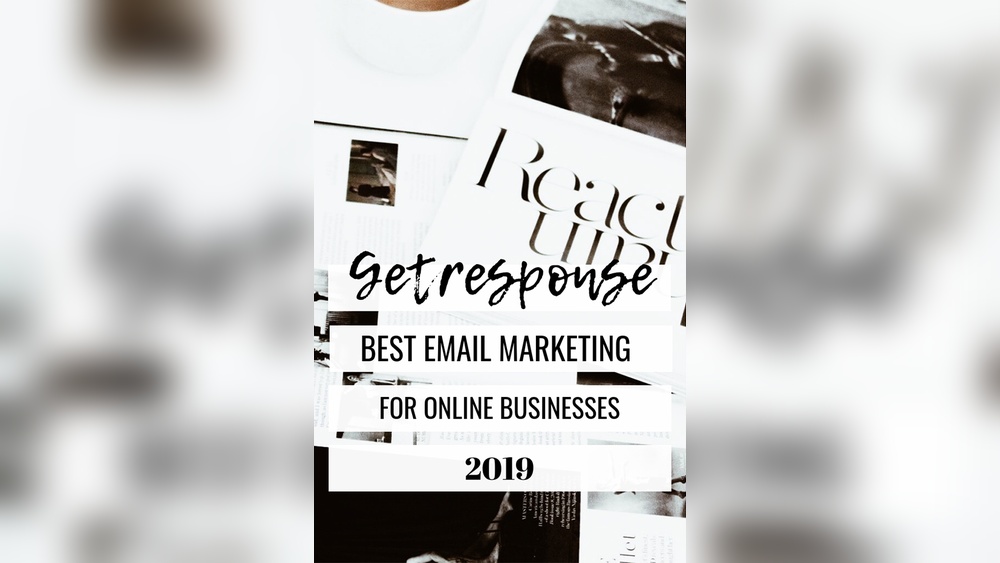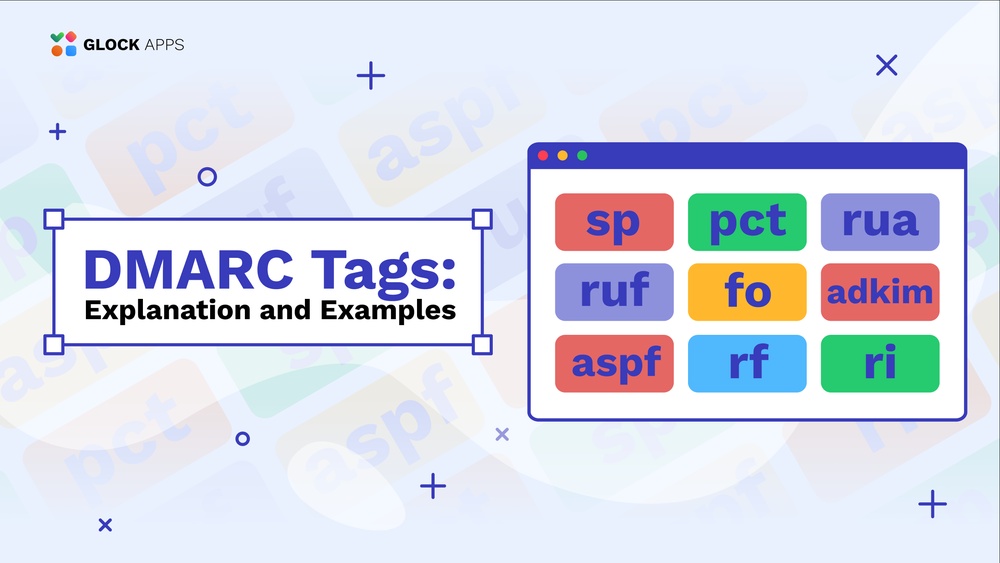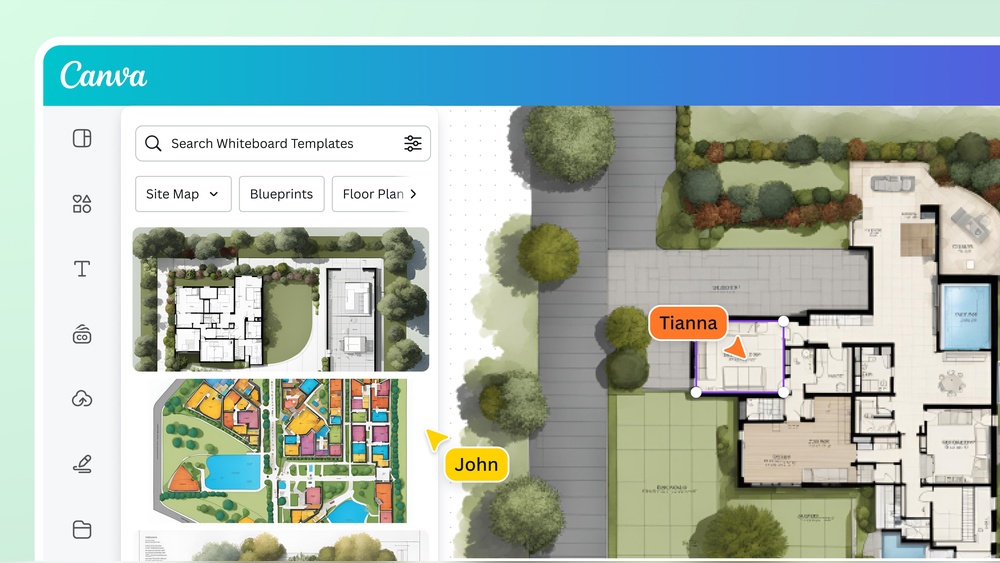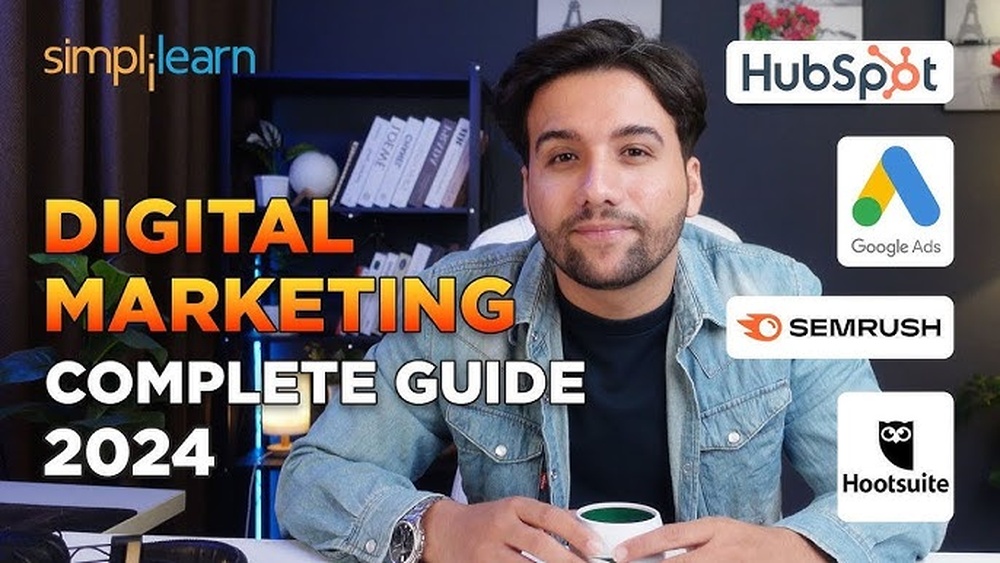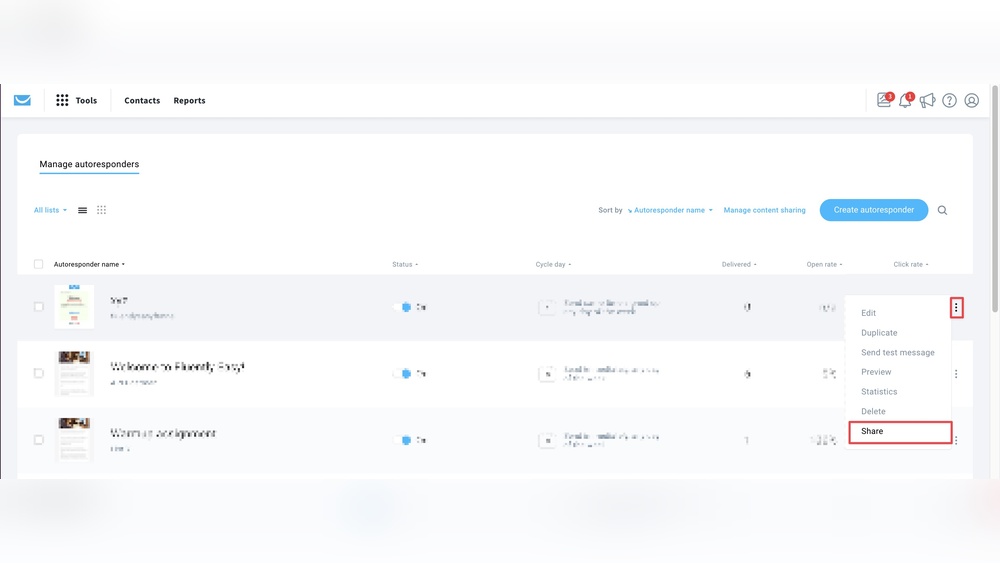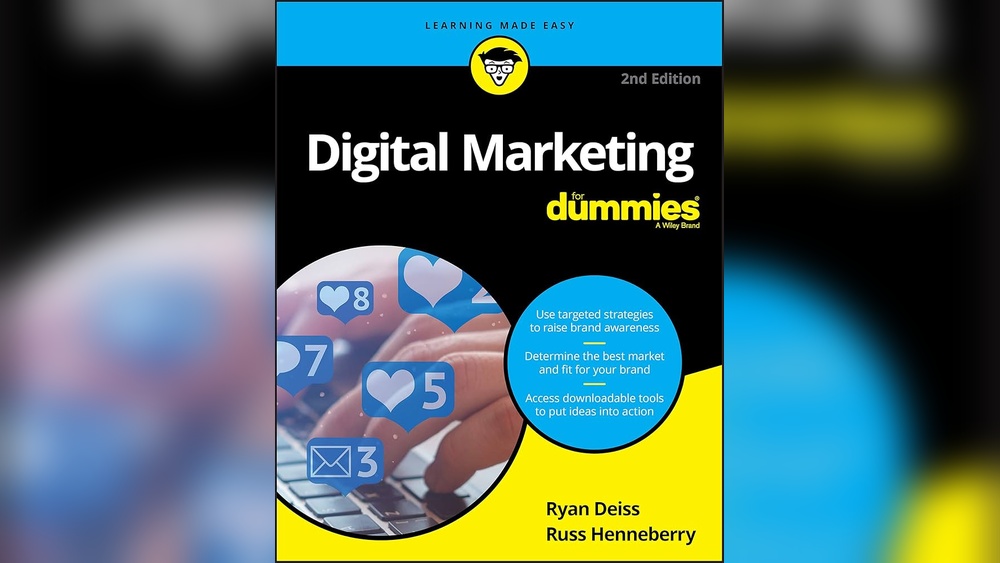Imagine opening an app on your phone and being instantly captivated by a sleek, intuitive design that guides you exactly where you want to go. That’s the magic of a landing page mobile app.
You might be asking, what exactly is this? Think of it as the first impression your app makes on users, a crucial gateway that invites them to explore further. Whether you’re looking to boost engagement, increase downloads, or simply make your app irresistible, understanding how a landing page mobile app works is key.
By the end of this article, you’ll not only know what it is but also how it can transform your app’s success. Get ready to discover the secrets that top developers use to make their apps stand out. You won’t want to miss this!
Purpose Of A Landing Page Mobile App
Landing pages catch the eye of users quickly. They show important details fast. Visuals must be bright and clear. Text should be short and easy. Users decide in seconds if they like it. So, the first look must be strong.
Turning visitors into users is the main goal. Clear actions help this process. Buttons like “Sign Up” or “Download” must stand out. Simple steps make it easy for users to follow. Always focus on making it smooth and easy. Happy users often become loyal users.
Key Features Of Effective Landing Pages
A landing page needs a clear call-to-action. It should tell users what to do next. Good examples are “Sign Up” or “Buy Now”. The button should stand out. Use a bright color. Make sure it is easy to see.
Keep the design simple. Too many elements can confuse users. Use a lot of white space. This helps the user focus. Only include important information. Use short sentences and simple words.
The page must look good on all devices. This is called a responsive layout. It should work well on phones and tablets. Check how it looks on different screens. Make sure everything fits nicely.
Design Strategies For User Engagement
Visual Hierarchy is key in design. It guides the user’s eyes. Bigger elements grab attention first. Bold colors highlight important parts. Place buttons where users can see them easily. Use contrast to show importance. Users should know where to click next.
Colors affect feelings. Blue feels calm. Red feels exciting. Green feels fresh and natural. Use colors to send the right message. Bright colors catch attention quickly. Soft colors are relaxing. Choose colors that match your app’s mood.
Interactive Elements make users engage more. Buttons should be easy to press. Slides and swipes keep users interested. Add animations that are smooth and fun. Feedback is vital; users like knowing their actions worked. Interactive parts should be simple yet engaging.

Content Optimization Techniques
Headlines grab attention fast. They must be clear and inviting. Use simple words that everyone understands. Create curiosity. Make readers want to know more. Short and catchy headlines work best. They are easy to remember.
Messages should be short. Keep it direct and clear. Avoid long sentences. The main point should stand out. Use bullet points for clarity. Readers remember simple facts better. This helps in understanding quickly. Clear messages lead to more engagement.
Testimonials build trust. Real user stories matter. They show the app’s value. Share honest experiences. Use quotes from users. Simple language works best. Testimonials should feel genuine. Readers connect with real stories.
Analyzing User Behavior
Tracking engagement metrics is important for a mobile app. It shows how users interact with the app. Metrics like clicks, scroll depth, and time spent on a page help. These numbers tell us what users like. They also show where users get stuck. Understanding these metrics can improve the app experience. It helps in making decisions.
Through A/B testing for improvement, we can try different ideas. We create two versions of a page. Users see different versions. We then compare results. This test shows which version works better. It helps in improving the app. Small changes can make a big difference. This process is simple yet effective.

Common Challenges And Solutions
Bounce rates can hurt app performance. Users leave if they don’t find what they need. Clear navigation helps users stay longer. Relevant content keeps them interested. Call-to-action buttons should be easy to find. It’s important for users to know what to do next.
Slow apps can frustrate users. Fast load speed is crucial. Compress images to make them smaller. Optimize code for better performance. Quick loading keeps users happy. Users expect apps to be instant. Speed matters for success.
Future Trends In Landing Page Design
Artificial Intelligence helps in creating smart landing pages. It can make pages look better. AI can also suggest changes to improve design. It learns what visitors like and adjusts the page accordingly. This means more people will stay on the page. AI also helps in making pages load faster. Speed is important for users. They want everything quick. AI tools can help with this.
Augmented Reality adds fun to landing pages. It makes pages come alive. Users can see 3D images on their screens. This makes them feel part of the experience. AR can show products in real life settings. People can see how things look before buying. This makes shopping easier. AR also keeps visitors engaged longer. They enjoy exploring the page. It’s like playing a game.

Frequently Asked Questions
What Is A Landing Page In A Mobile App?
A landing page in a mobile app is the first screen users see. It introduces the app’s features and benefits, encouraging engagement or action. A well-designed landing page enhances user experience and boosts conversion rates. Optimize it for mobile to ensure fast loading and seamless navigation.
What Is The True Purpose Of Mobile Landing Page?
A mobile landing page aims to convert visitors by providing relevant information quickly and encouraging specific actions. It enhances user experience, reduces bounce rates, and drives conversions by being mobile-optimized and easy to navigate. Engaging design and clear calls-to-action are crucial for its effectiveness.
What Is A Landing Page And What Does It Do?
A landing page is a standalone web page designed for marketing campaigns. It converts visitors into leads or sales. It focuses on a specific product, service, or offer. Visitors arrive from ads, emails, or search results. Effective landing pages feature clear calls-to-action and persuasive content.
Do I Really Need A Landing Page?
Yes, a landing page is crucial for conversions. It focuses visitors on specific actions, boosting lead generation. Optimize it for SEO to improve search visibility. A well-designed landing page enhances user experience and increases sales. Tailor content to target audience needs for effective results.
Conclusion
A landing page mobile app streamlines user interactions with simplicity and focus. It enhances user experience by guiding them directly to essential content. Through clear calls to action and intuitive design, it boosts engagement. Easy navigation is crucial for retaining users and increasing conversions.
Businesses can benefit from mobile landing pages by understanding user needs. With a well-designed landing app, users find what they need fast. This can lead to better user satisfaction and loyalty. Investing in a good landing page app is a smart move for any business.

